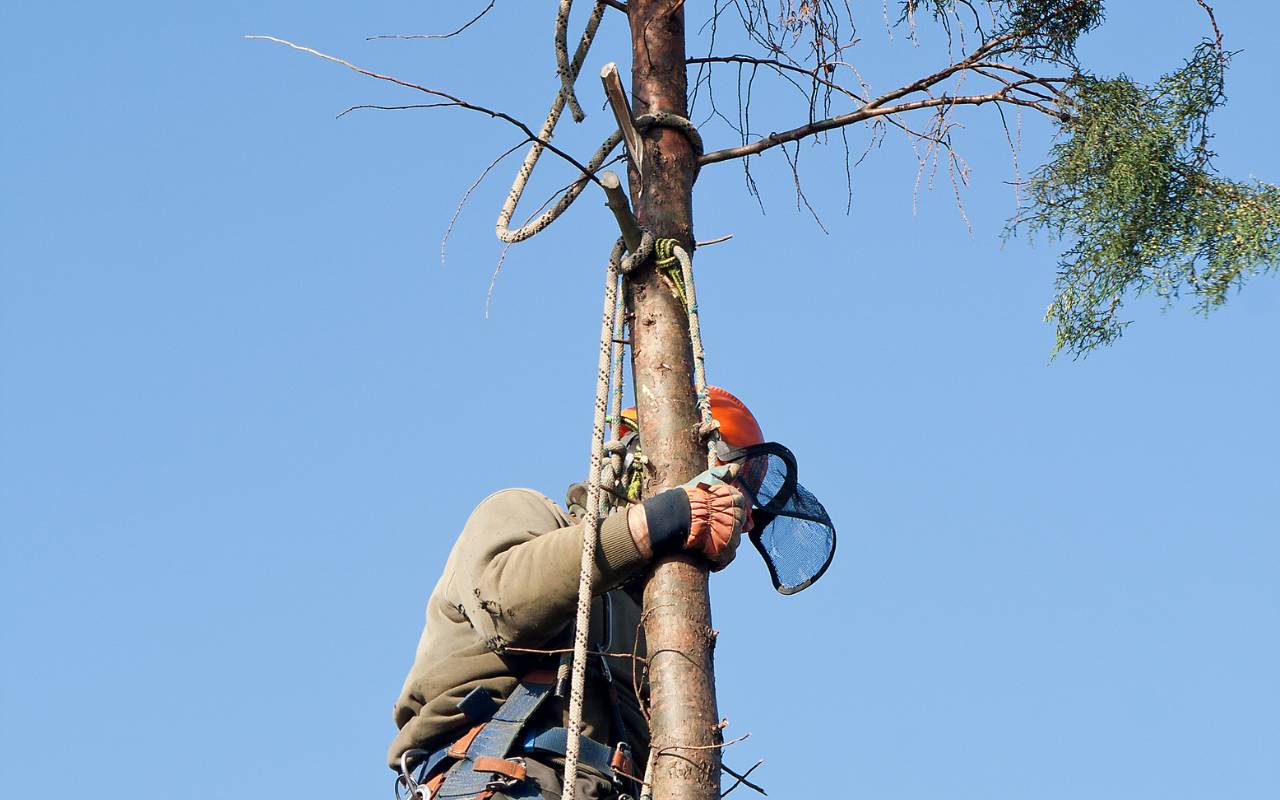
Navigating the often complex world of permit requirements can feel like deciphering a foreign language. Whether you’re planning a construction project, looking to remove a tree, or simply wish to understand local regulations, the maze of paperwork can be daunting. Failure to comply can result in fines or delays. In Kansas City, understanding tree removal permits is crucial for property owners who want smooth compliance. Embarking on projects without knowledge of approval requirements is like sailing without a map. With the right guide, these hurdles become manageable. This comprehensive resource will illuminate the path to compliance, offering insights, tips, and tailored information. Therefore, by mastering local permitting rules, you’ll tackle projects with confidence and peace of mind.
Permit Requirements: The Basics
Every project begins with a key question: what permit regulations apply to my situation? Local governments regulate construction to ensure safety, protect the environment, and maintain standards. Regulations cover structural integrity, electrical capacity, plumbing safety, and land use. Moreover, even small renovations typically need approval. Ignoring standards can lead to stop-work orders, fines, and costly changes. Before submitting any application, gather property details and project scope. Zoning maps, surveys, and site plans form the backbone of success. In addition, learn how codes interact with ordinances to avoid pitfalls. Familiarize yourself with deadlines, fees, and inspections. Proactive research ensures smoother processes and fewer surprises.
Types of Permits You May Need
The world of permits is diverse. Common categories include building, electrical, plumbing, and mechanical permits. Projects involving grading may require civil engineering approval. Environmental permits address stormwater, erosion control, and wetlands protection. In Kansas City, tree removal permits regulate pruning and removal of protected species. Special-use permits cover scaffolding or film shoots. Zoning variances handle exceptions to restrictions. Identifying permit requirements early prevents delays and supports accurate budgeting.
- Building permits for structural changes
- Electrical permits for wiring upgrades
- Plumbing permits for new water connections
- Tree removal permits for Kansas City residents
Local regulations vary widely across jurisdictions. Each county or city maintains zoning ordinances and codes. Kansas City, for example, enforces stricter tree preservation in urban cores while suburbs emphasize stormwater rules. To navigate these differences, consult planning websites. Many provide handbooks with approval requirements and fee schedules. If digital resources are insufficient, schedule a meeting with a permit specialist. Consequently, these experts clarify ambiguities and provide guidance. Investing time in local research reduces costly rework and delays.
Steps to Take Before Applying for Permits
Preparation ensures efficient approval. Start with a feasibility assessment. Hire surveyors for site plans and architects for blueprints. These documents prove compliance. Moreover, early engagement identifies issues like floodplain restrictions. Next, review property history for easements, utilities, and hazards. Contact homeowner groups for additional guidelines. Finally, compile all supporting materials. A complete submission accelerates approval and establishes trust with reviewers.
- Conduct feasibility assessments
- Moreover, hire professionals for site and blueprints
- Review property conditions and history
- In addition, compile tax records, surveys, and studies
The Application Process Demystified
Filling applications can feel tedious, but each step serves a purpose. Select the correct form, whether for residential work, commercial remodels, or tree removal. Provide detailed descriptions, specifications, and contractor credentials. Attach site plans, floor plans, and drawings. After submission, reviewers assess compliance. During this phase, correction letters may request clarifications. Respond promptly to keep momentum. Once resolved, permits are issued with conditions and inspection requirements. Thus, attention to detail speeds up approvals.
Common Challenges and How to Overcome Them
Incomplete submissions cause delays. Overcome this with detailed checklists and double-checking forms. Conflicting regulations may require variances or exceptions. Inspection failures can stall work too. For example, electrical inspections focus on circuit separation and grounding. Conduct pre-inspection walk-throughs to address issues early. Consequently, a proactive approach reduces back-and-forth and keeps projects on track.
Ensuring Compliance Throughout Your Project
Securing a permit is just the beginning. Adhere strictly to approval requirements and inspections. Display your permit card on-site. Keep records of inspection reports, approvals, and changes. These protect you during disputes or sales. Moreover, codes evolve, so monitor updates and renew permits when needed. Stay informed about specialty certifications and incentives. Proactive compliance protects investments and fosters positive relations with authorities.

Tips for Smooth Permit Approval
Communication with officials changes everything. Pre-application meetings allow you to clarify expectations and identify potential issues. Submit concise, well-labeled documents that clearly show compliance. Consider hiring a permit expeditor who understands local regulations and relationships. Finally, remain flexible in timelines and budgets. Planning for contingencies ensures momentum even with small delays.
- Schedule pre-application meetings
- Submit clear and organized documents
- In addition, engage consultants for efficiency
- Plan for contingencies
Resources for Additional Assistance
Many resources can help with permit requirements. Start with your local building department’s website for forms and guides. State agencies provide details on stormwater and environmental standards. Moreover, professional associations offer training and certification. Independent consultants and legal experts can support complex cases. Community forums also provide peer insights and best practices. Using these resources ensures guidance at every step.
Frequently Asked Questions
What are permit requirements for small projects?
Even small projects like deck additions often require permits. Always confirm with your local authority before starting work.
How do tree removal permits work in Kansas City?
Tree removal permits regulate pruning or removal of protected trees. They safeguard urban canopies and reduce environmental damage.
What happens if I ignore permit requirements?
Ignoring requirements can lead to fines, stop-work orders, and costly revisions. As a result, compliance ensures smoother projects and legal safety.
Do permit requirements vary by location?
Yes, each jurisdiction enforces unique ordinances. On the other hand, always check local codes and consult officials to avoid unexpected issues.
Can consultants help with permits?
Yes, consultants and permit expeditors offer expertise and expedite approvals, especially for complex projects or specialized permits.
Empowering Yourself with Knowledge
Mastering permit requirements transforms confusion into clarity. By preparing submissions and consulting authorities, you avoid delays. Kansas City Explore our services are one example of critical local approvals. Equipped with strategies, you approach permitting confidently. Stay organized, communicate openly, and seek expert guidance. Ready to take the next step? Contact Perez Landscape for support. Finally, with preparation, your project will move forward smoothly, on time, and in compliance.
